Wind is one of the cleanest and most affordable renewable sources. Humans have used windmills to convert wind energy into mechanical energy for more than 1,300 years.
As the world speedily moves toward reducing carbon emissions, wind energy facts prove that it is a central source. From its benefits to economic impact, wind energy is showing that it is an integral part of the future.
In this guide, we will talk about interesting wind power facts, statistics in the USA and the world, surprising current trends, and how wind energy improves the environment, job market, and the future.
30-Second Summary
In this guide, you will learn about some interesting wind energy facts and statistics. Explore how wind energy is influencing the US and the world.
Discover its impact on the environment and economy, and get insights into some interesting technical facts. Moreover, understand the future importance of wind energy with fascinating data.
Interesting Global Wind Energy Facts
- According to the Global Wind Energy Council’s report, the world added 117 gigawatts of new wind capacity in 2024. Out of that, around 109 GW was from onshore wind and 8 GW was from offshore sites across 55 countries.

- Total global wind capacity had reached 1,136 GW by the end of 2024.
- Based on the Global Wind Report, China is leading in new wind installation in 2024, and the US ranks second, followed by Germany, India, and Brazil.
Wind Energy in the USA
Take a look at the current wind energy landscape in the USA.
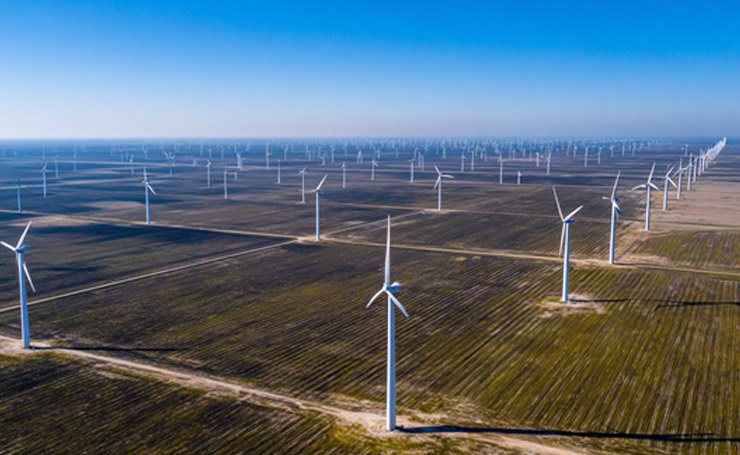
Installed Wind Capacity and Growth Rate
- At the end of 2023, the US had around 147 GW of installed wind energy capacity.
- As per forecasts from the US Energy Information Administration and the American Clean Power Association, wind capacity in the United States is expected to increase by 162 GW by 2025 and continue to grow in the years to follow.
- The growth in the new installation has recently slowed. In 2024, the US only added 5.2 GW of wind capacity, which was the lowest in the entire decade.
Leading Wind States
- The leading US state in wind energy capacity is Texas by a wide margin. Some other leading states are Iowa, Oklahoma, Kansas, California, Illinois, and Minnesota.
- For these states, a large portion of electricity is generated through wind. For example, Iowa generates around half of its electricity from the wind.
Percent of Electricity from Wind and Renewable Energy Share
- In 2023, wind energy produced 10% of the total electricity in the US.
- Wind accounts for around 11 to 12% of the US capacity out of all utility-scale sources.
Surprising Wind Energy Facts and Trends
- Although the US is known for progressing in wind capacity, 2024 was the year with the lowest annual additions in wind since 2013. That is surprising, given the policy incentives.
- The global capacity of 2024 (117 GW) was the same as the capacity added in 2023, despite facing a difficult economic environment.

- New US additions show that wind and solar are dominating in 2025. During the first half, wind produced 3.1 to 3.3 GW of new capacity, making up around 15 to 16% of new power generation.
Environmental Impact of Wind Energy
Here are some facts you should know about the environmental impact of wind energy.
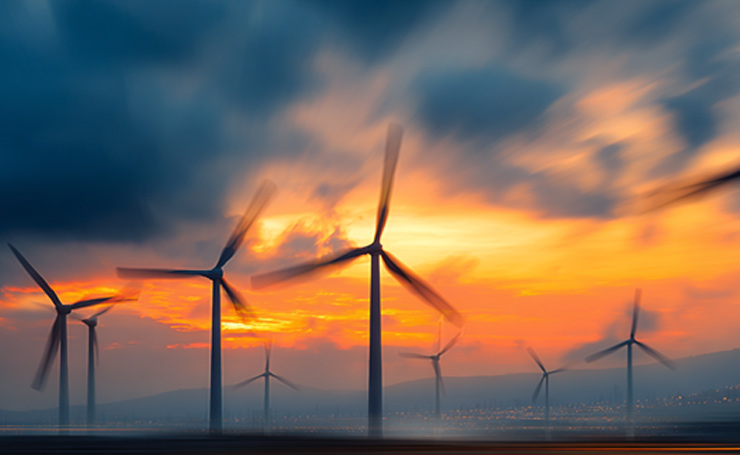
Wind Turbines are Environmentally-friendly
An onshore wind turbine can produce enough electricity to power 1500 houses. New turbines are already generating 3 times more energy. To achieve the same results, a coal plant emits 6,000 tonnes of carbon dioxide.
Apart from avoiding CO2 emissions, more than 85% of a turbine’s materials are recyclable. There is a potential for it to be 100%.
Wind Turbines are wildlife-friendly
Climate change is one of the biggest threats we are currently facing. Renewable sources, like wind, lower the emissions of greenhouse gases from fossil fuels and help fight against global warming and habitat loss for wildlife.
Moreover, offshore turbines are also safe for marine animals.
Wind Turbines are Clean and Quiet
Wind farms are quiet, as their noise level is regulated in each country. They are mainly located far from residential areas, but even from a closer distance, the sound is as loud as a household fridge.
Wind farms are significantly better than road traffic and fossil fuel energy plants, which can cause breathing issues, headaches, and other problems.
Well-sited Wind Farms Save Birds
Wind energy is responsible for causing 0.01% of human-caused bird deaths. Surprising right? This death rate is much less than the bird fatalities caused by skyscrapers, communication towers, and other infrastructure.
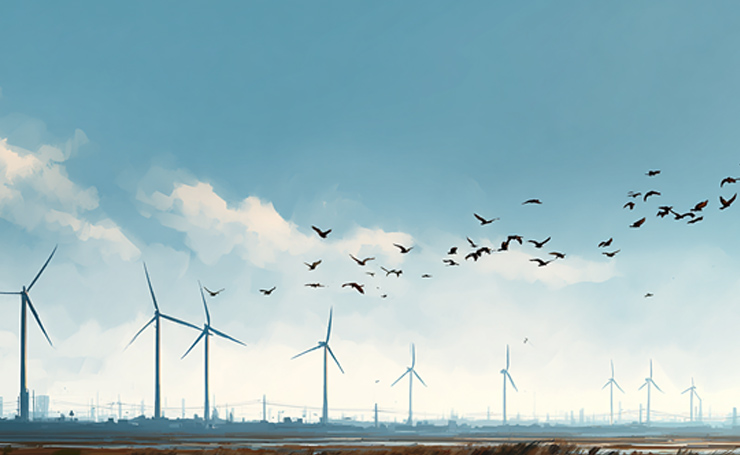
Moreover, fossil fuel emissions kill 30 times more birds than a wind farm. All in all, a well-sited wind farm reduces the extinction rate of these sensitive species.
Wind Energy is a Healthy Source of Electricity
Research from the government and universities has repeatedly confirmed the fact that well-sited wind turbines do not have any negative impact on people’s health. Even research from independent experts showed the same result.
According to the self-reported data from those who live near wind farms, there was no evidence of disturbed sleep, illnesses, stress, or chronic health conditions.
Economic Impact: Wind Energy Jobs and Cost Trends
Beyond environmental impact, wind energy is significantly changing the economy, too.

Wind Energy is Affordable
The cost of the electricity generated by wind has dropped 70% in the past 10 years. Right now, it is the cheapest source of electricity in many regions of the US. The price of utility-scale wind energy is much lower than that of coal and gas.
Building new wind farms is more affordable than running the existing coal power plants. Utilities can decrease the consumer cost of energy simply by adding wind energy to their systems.
Wind Farms Increase Property Value
According to a 2022 study published in the Energy Policy Journal, areas with wind energy installations had real economic growth. They saw increased income, more job opportunities, and increased value of property.
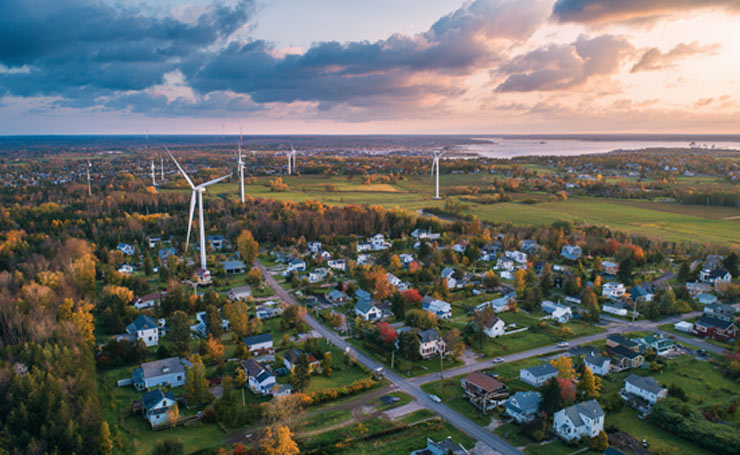
These effects started during project construction and increased during its operational years. In short, more wind energy generates more benefits for the residents of a community.
Wind Energy Industry Creates More Jobs
Wind energy is creating more jobs in multiple areas, like manufacturing turbines, installing them, monitoring them, and other related fields. In the US, around 120,000 employees work full-time. The states with high wind capacity create more local jobs.
According to The Global Wind Workforce Outlook, more than 532,000 new technicians will be needed around the world to support wind deployment by 2028.
Technical Facts about Wind Energy
This section explores some interesting technical facts about wind power.

Capacity factor
This is the ratio of the energy a wind turbine actually produces compared to the maximum amount it can produce if it runs at full power all the time.
The average capacity of the US turbines ranges from 30 to 40%, depending on technology, location, and wind resources.
Number of turbines
The exact total varies, but states like Texas have thousands of turbines. Other states, including Iowa, Oklahoma, and Kansas, have large wind farms with many turbines.
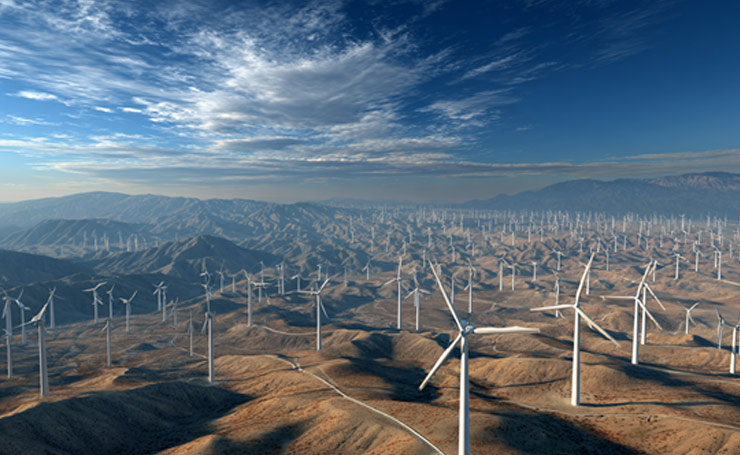
The trend is moving toward fewer, larger, and more powerful turbines to create more energy efficiently.
Wind farm size
Wind farm size is different in every region. For example, there are large utility-scale farms in Texas and smaller ones in other regions.
Offshore farms are large because they are expensive to set up. Larger farms with more turbines result in high electricity production, making the overall project less costly.
Future Potential: 2025 and Beyond
- In 2025, wind capacity in the US is expected to rise to 162 GW and grow continuously in the following years.
- With the right policies and investment, wind energy can reach up to 1.5 TW globally.
- Hybrid and offshore expansion is the plan for future growth. Improving capacity factors will result in more power from the same or less infrastructure.
The Bottom Line
Wind energy facts and statistics show that it is going to be a major pillar of the future. From reducing carbon emissions to improving the economy, the wind industry thrives in the USA and all over the world.
With the right policies, technology, and infrastructure, we can expect to see increased electricity generation from wind turbines, which will power homes, industries, and cities.
Interested in the latest renewable energy information? Feel free to explore Green Energy Insights.
FAQs
How much of US Electricity Comes from the Wind?
In 2023, around 10% of electricity came from wind energy. States like Iowa and Kansas generated more than half of the power from wind. These statistics will grow with more onshore and offshore installations.
Which States in the USA lead in Electricity Generation from Wind?
The leading states are Texas, Iowa, Kansas, California, Illinois, and Oklahoma. Texas alone produces one-fourth of the country’s total wind power.
What is the Difference between Onshore and Offshore Wind Energy?
Onshore wind turbines are built on land and are more common due to lower costs and simple construction. Offshore turbines are installed at sea and have a higher capacity factor.
How many Jobs does the Wind Industry Support?
The US wind energy industry currently supports 120,000 jobs. It is one of the fastest-growing sectors in the country for renewable energy jobs.

